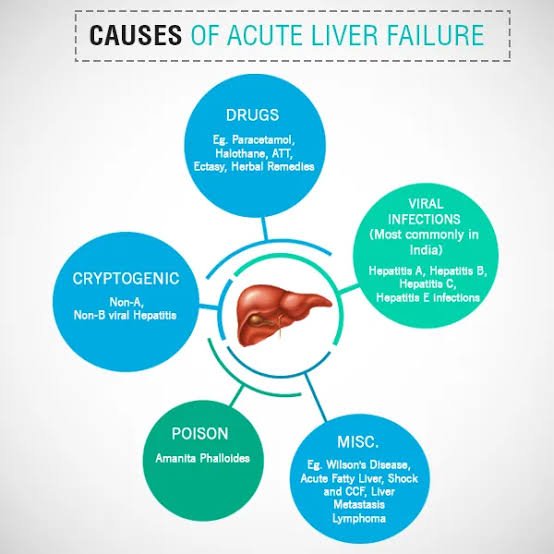Introduction
Asthma is a chronic respiratory condition that affects millions of people worldwide. It can cause breathing difficulties, coughing, wheezing, and chest tightness. While there is no cure for asthma, with proper management, individuals can lead a normal and active life. In this blog post, we will provide guidance on asthma triggers, inhaler use, and the importance of asthma action plans for better symptom control.
Identifying Asthma Triggers
One of the key aspects of managing asthma is identifying and avoiding triggers that can worsen symptoms. Common asthma triggers include:
- Allergens such as pollen, dust mites, pet dander
- Tobacco smoke and air pollution
- Cold air and changes in weather
- Respiratory infections
- Exercise-induced asthma
- Stress and strong emotions
By recognizing these triggers, individuals can take steps to minimize their exposure and reduce the likelihood of asthma attacks.
Using Inhalers Correctly
Inhalers are a common treatment for asthma as they deliver medication directly to the airways, helping to open them up and alleviate symptoms. However, it is essential to use inhalers correctly to ensure their effectiveness. Here are some tips:
- Shake the inhaler well before each use.
- Remove the cap and hold the inhaler upright.
- Breathe out fully, away from the inhaler.
- Place the mouthpiece between your teeth and close your lips around it.
- Start inhaling slowly and deeply while pressing down the canister.
- Hold your breath for a few seconds, then exhale slowly.
- Wait for a minute before taking another puff, if prescribed.
It is important to consult a healthcare professional to receive proper instructions on how to use specific inhalers, as different types may have slight variations in usage.
The Importance of Asthma Action Plans
An asthma action plan is a personalized document that helps individuals manage their asthma effectively. It provides guidance on daily management, recognizing symptoms, and steps to take during an asthma attack. Here are the key components of an asthma action plan:
- Identifying daily medications and their dosages.
- Understanding early warning signs and symptoms of worsening asthma.
- Defining peak flow zones to monitor lung function.
- Providing step-by-step instructions on what to do during an asthma attack.
- Emergency contact information.
Asthma action plans empower individuals to take control of their condition and ensure timely intervention when needed. It is important to share this plan with family members, caregivers, and teachers to ensure everyone is aware of the necessary steps to take in case of an emergency.
Conclusion
Managing asthma requires a proactive approach that involves identifying triggers, using inhalers correctly, and having an asthma action plan in place. By following these guidelines, individuals can gain better control over their symptoms, reduce the frequency of asthma attacks, and improve their overall quality of life. Remember, consulting with a healthcare professional is crucial for personalized asthma management strategies.
Below are some pictures related to asthma:




